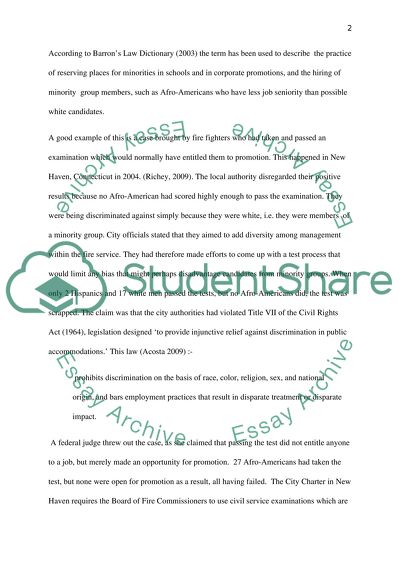Cite this document
(“What Is Reverse Discrimination Essay Example | Topics and Well Written Essays - 1000 words”, n.d.)
Retrieved from https://studentshare.org/sociology/1435218-what-is-reverse-discrimination
Retrieved from https://studentshare.org/sociology/1435218-what-is-reverse-discrimination
(What Is Reverse Discrimination Essay Example | Topics and Well Written Essays - 1000 Words)
https://studentshare.org/sociology/1435218-what-is-reverse-discrimination.
https://studentshare.org/sociology/1435218-what-is-reverse-discrimination.
“What Is Reverse Discrimination Essay Example | Topics and Well Written Essays - 1000 Words”, n.d. https://studentshare.org/sociology/1435218-what-is-reverse-discrimination.


